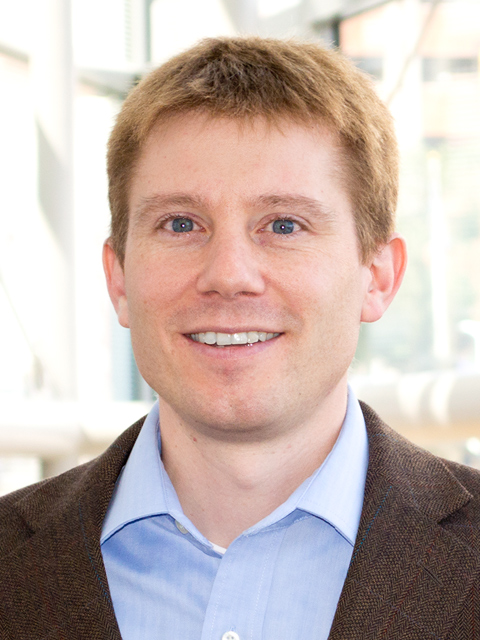 Dr. Steven May
Dr. Steven MayAssistant professors Steven May and James Rondinelli have each received a three-year Young Investigator Award from the Physics Division of the Army Research Office (ARO) Young Investigator Program (YIP). YIP supports the research and teaching careers of young faculty who have held Ph.D. degrees for less than five years. These two young investigator awards join two NSF-CAREER Awards already received by the young faculty of the department earlier this year.
May will receive $357K to conduct research on "Symmetry mismatched heterostructures: New routes to bandwidth control in oxides," to explore the specific role that crystal symmetry plays in determining the electronic, optical, and magnetic properties of complex oxides. By studying the fundamental relationship between atomic structure and macroscopic properties, the project may lead to new materials for next generation electronics or energy conversion applications.
 Dr. James Rondinelli
Dr. James RondinelliRondinelli has been awarded $360K to investigate the "Ab initio design of noncentrosymmetric metals: crystal engineering in oxide heterostructures." This research project focuses on identifying routes to combine two disparate, yet technologically important, properties into complex oxide materials: high electrical conductivity and optical activity, e.g. birefringence. Rondinelli's computational studies, which leverage theoretical tools that efficiently and robustly solve quantum mechanical equations to find the distribution of electrons, are able to predict the properties of yet to be synthesized materials. Rondinelli will investigate routes to combine complex oxides together into layered, artificial structures or superlattices, to predict material compositions that will achieve the targeted properties. Such materials could find extensive use in advanced optoelectronic and spintronic technologies, in addition to medical and security applications where optical activity is often used to measure the concentration of chemicals in solutions.